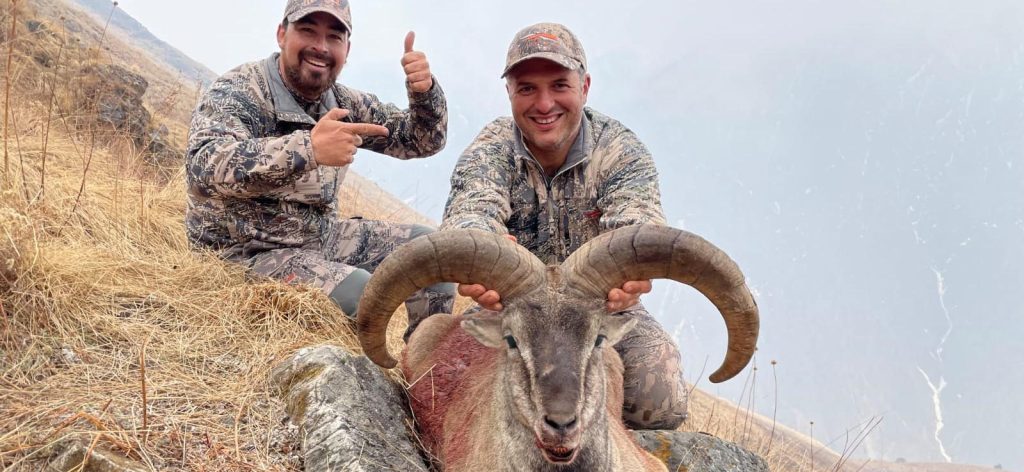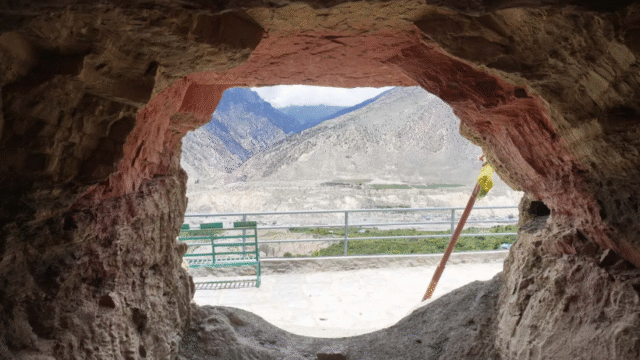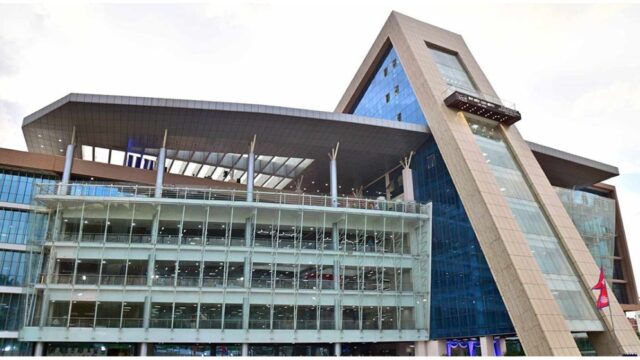Dhorpatan Hunting Reserve, Nepal’s only hunting reserve, is globally renowned among professional foreign hunters. With written permission, hunters can engage in the controlled hunting of species like blue sheep (Naur), Himalayan tahr (Jharal), wild boar, and barking deer within designated areas and seasons.
The reserve is recognized as one of the world’s top destinations for adventurous hunting, attracting enthusiasts seeking thrilling experiences. The Department of National Parks and Wildlife Conservation sets the minimum revenue for hunting, with the fee for blue sheep starting at NPR 150,000 and NPR 75,000 for Himalayan tahr.
However, according to Senior Conservation Officer Birendra Prasad Kandel, bids during the hunting season often exceed these minimums. Last season, the highest bid for blue sheep hunting reached NPR 2.3 million, while the Himalayan tahr fetched up to NPR 1.8 million.
Hunters are granted a period of 14 to 21 days to complete their hunt, using firearms brought from their home countries. During this time, they are supported by a team of 25 to 30 individuals. The challenging terrain and remote location make hunting in Dhorpatan an expensive endeavor, often requiring helicopter transportation and extensive support teams.
The reserve is divided into seven blocks—Sundaha, Seng, Dogadi, Barse, Fagune, Surtibang, and Ghustung—where hunting is permitted. This system has not only generated significant foreign revenue but also contributed to the development of local tourism.
The 2021 census revealed a population of 1,290 blue sheep and 744 Himalayan tahr in the reserve. Every five years, the animal populations are scientifically assessed to determine the quota for hunting. For the first season of this year, the hunting quota includes 24 blue sheep and 16 Himalayan tahr.
Hunting is allowed during two seasons: mid-September to mid-November and mid-March to mid-May. Only older males, typically around 12 years old, are targeted for hunting, and their identification is confirmed through telescopic assessment.
Information Officer and Senior Ecologist Shyam Kumar Sah explained that annual quotas are determined based on population counts and monitoring, ensuring that no species are endangered by the hunting process. This controlled hunting also prevents overpopulation, which could otherwise lead to habitat degradation or damage to local crops.
Established in 1988, the Dhorpatan Hunting Reserve covers an area of 1,325 square kilometers across parts of Rukum East, Baglung, and Myagdi districts. The reserve is home to 32 species of mammals, including blue sheep, Himalayan tahr, and snow leopard, along with 164 bird species, such as the Himalayan monal, pheasants, and snow partridge.
In the last fiscal year, the reserve generated over NPR 42.6 million from hunting permits, with 19 blue sheep and 11 Himalayan tahr hunted. For the current hunting season, the Department of National Parks and Wildlife Conservation issued a 15-day public notice on September 5, 2023, inviting sealed bids for the hunting of blue sheep, Himalayan tahr, and wild boar.
Professional hunting companies like Nepal Wildlife Adventure, Himalayan Safaris, and Global Safaris Nepal operate in the reserve. They often allocate a portion of the hunting fees to local communities, contributing to wildlife conservation efforts.
Himalayan Safaris owner Mahesh Basnet emphasized the need for expanding hunting destinations, enhancing anti-poaching measures, raising local awareness, and improving infrastructure to sustain the reserve’s success.
Hunting companies charge hunters between USD 30,000 to USD 35,000 for each expedition. The majority of hunters come from countries like the United States, Mexico, France, Spain, Russia, and Germany.
Despite its success, the reserve faces challenges such as declining grazing quality, illegal poaching, increasing demand for firewood, wildfires, climate change, and inadequate research and monitoring.
The Dhorpatan Hunting Reserve remains a vital site for wildlife conservation and a key contributor to Nepal’s tourism industry, generating revenue and fostering local development through sustainable hunting practices.






